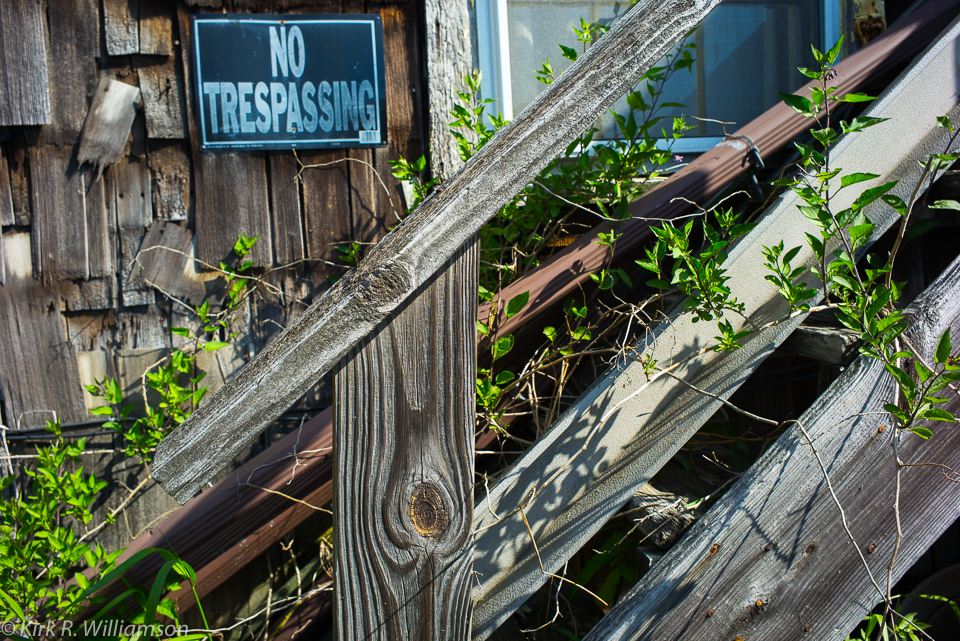One of the things I miss most from the old days is the depth of field scale (dof). Some of the new lenses have one but plenty do not. My Leica lenses all have a dof scale which makes it really handy to figure out what is in focus and what is not. Think about this. How many of you press the dof button to see what is in and what is out of focus. How many of you know what that is and where it is located. I know I use it very infrequently. The reason for this is if you are shooting at a small aperture like f11 or f16 it’s to dark and you can’t really tell what is in or out of focus. So the dof scale is very handy, unless there isn’t one. A good rule of thumb is to focus 1/3 of the way into the image and use an f stop that will cover the distance from front to back if that is what you want. The image above was focused on the end of the traps using f11 as the aperture with a 35mm lens. This gave me sharp focus from in front all the way to just past the boats. When you are out shooting experiment a little with dof. So when you are traveling you don’t come back with images that are not in focus like you would want. The cause of this is most likely the camera being on auto and the f stop was picked for you and most likely wide open at 3.5. The camera will always default to the highest shutter speed it can to make sure there is no movement. Good luck and happy shooting!






